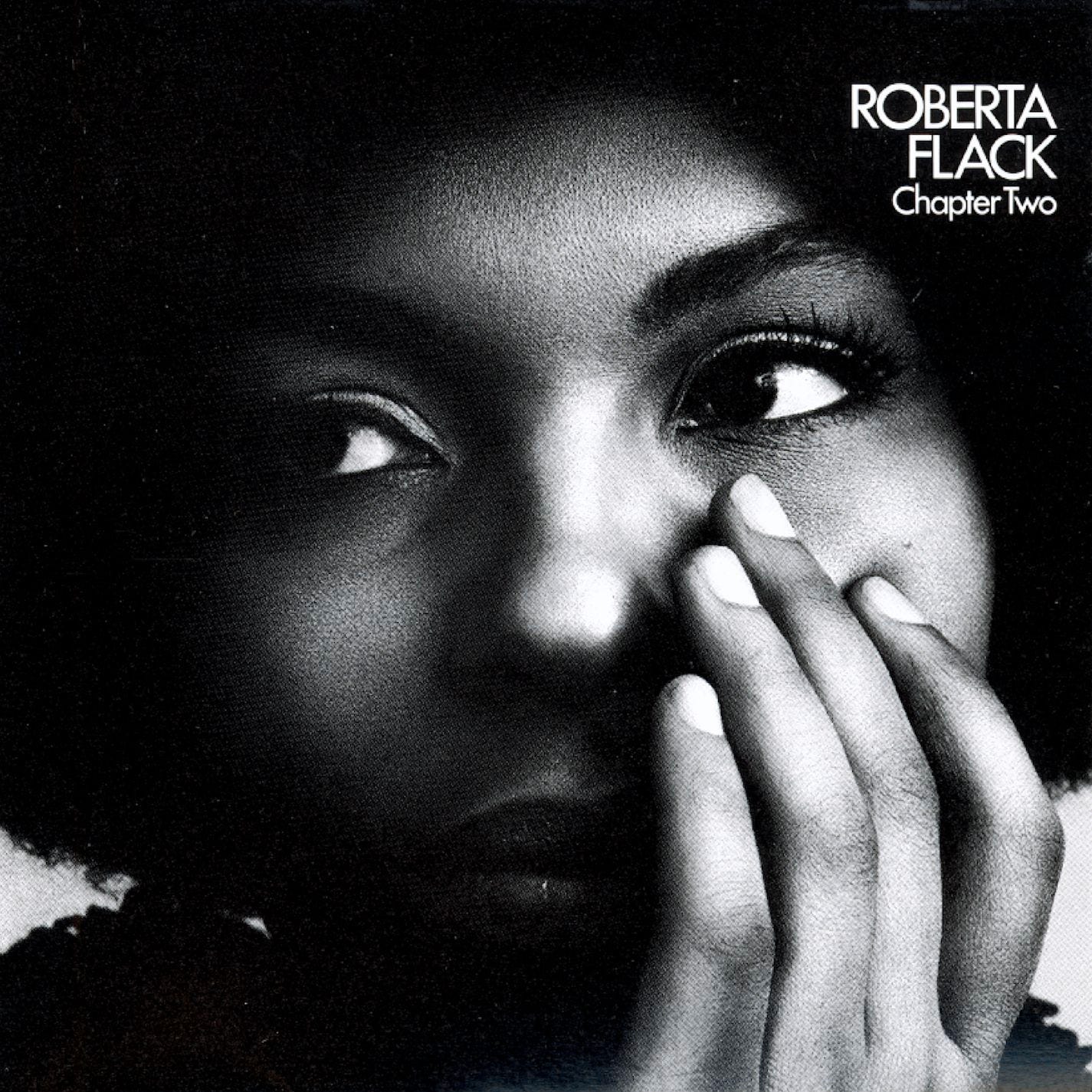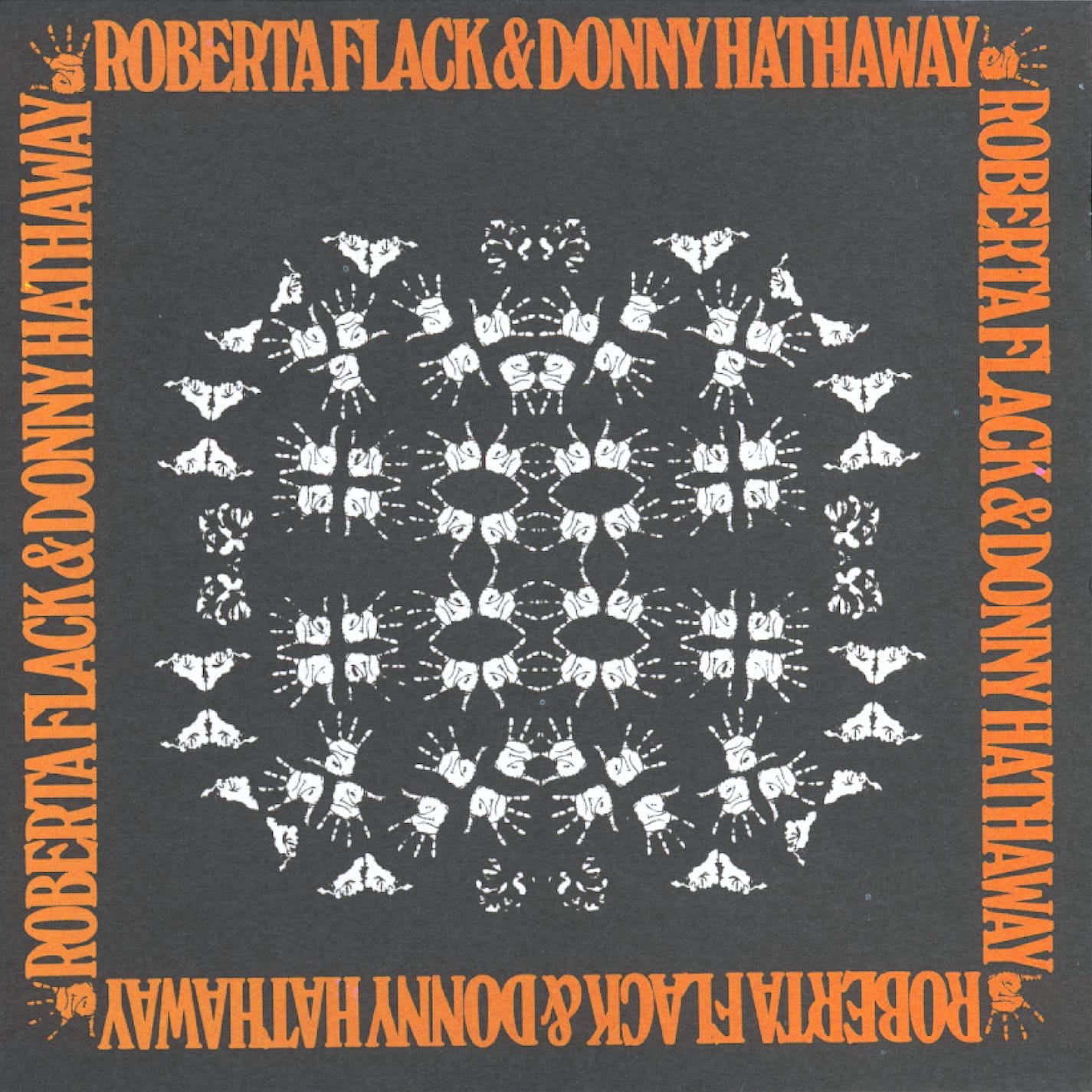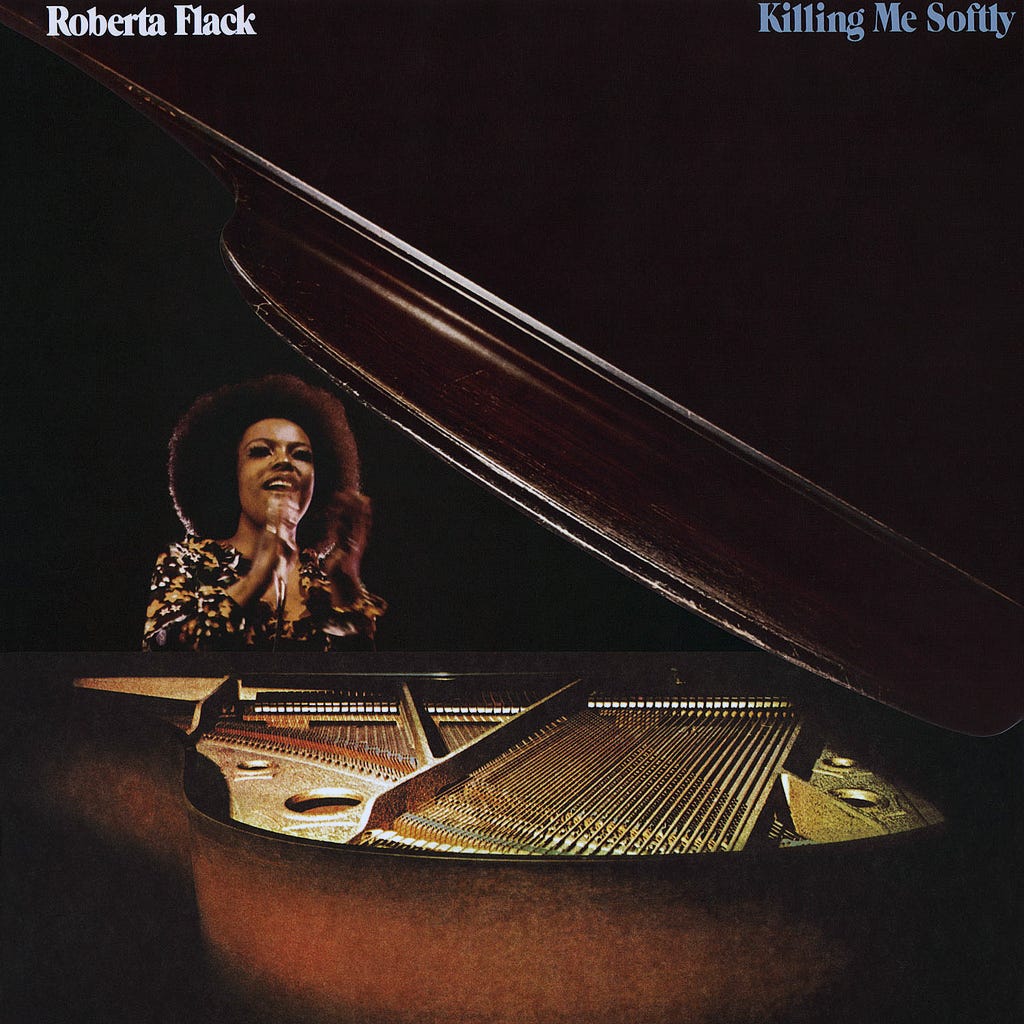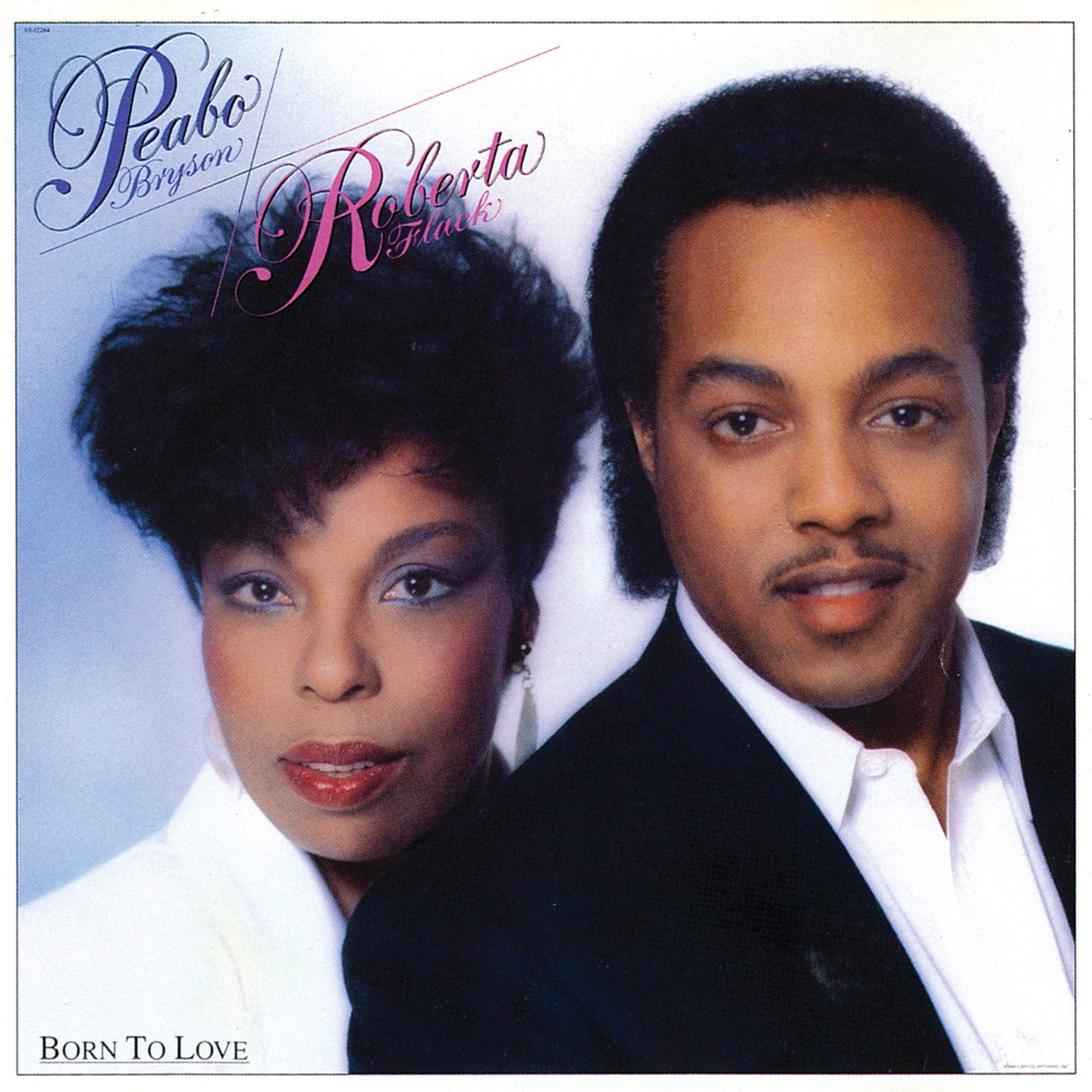Our Tribute to Roberta Flack (1937-2025)
Roberta Flack is a person of keen intelligence who can infuse a broad range of songs with her own character. She is a free-form creator who slipped away from the chains of any one genre.
In 1937, Roberta Cleopatra Flack was born in the crisp mountain air of Black Mountain, North Carolina. Born to musical parents, she inherited their genes and passion for sound. The family’s subsequent move to Arlington, Virginia, proved fortuitous for young Roberta, whose voice found its first audience within church walls.
Her fingers discovered the piano keys with unusual precocity. This talent flowered so dramatically that Howard University offered her a scholarship at fifteen—an age when most children were just beginning to contemplate their futures. The university environment nurtured her exceptional gifts. She became an assistant conductor of the university choir and directed Verdi’s Aida, showing early signs of musical leadership.
Post-college life brought practical concerns. Following her father’s death, Flack took on teaching positions in Washington, D.C.’s public schools daily while accompanying opera singers by night. The financial responsibility for her family weighed heavily, yet music remained her constant companion.
Word spread quickly about the classically trained pianist’s ability to transform simple songs into transcendent works of art. Atlantic Records noticed and offered her a recording contract that would change everything.
Flack’s 1969 debut album, remarkably recorded in a single take in ten hours, announced the arrival of a fully formed artist. First Take demonstrated her ability to inhabit a song completely, bringing technical precision and emotional authenticity to each performance. At 32, she was older than many debut artists, but this maturity brought a depth to her interpretations that younger singers often couldn’t access.
Her approach blended seemingly contradictory elements—classical technique with gospel emotion, meticulous control with spontaneous expression. In a 1977 interview, she articulated this fusion, noting her desire to “stay involved in the structure of music” in both a “scientific and soulful way.” This balance created a signature sound that defied easy classification.
The sparse arrangements on First Take highlighted her voice and piano, creating an intimate atmosphere that drew listeners close. Her interpretations of familiar songs revealed new dimensions within them, suggesting previously undiscovered emotional contours.
Between 1972 and 1974, Flack achieved something unprecedented in music history. Her renditions of “The First Time Ever I Saw Your Face,” “Killing Me Softly With His Song,” and “Feel Like Makin’ Love” became consecutive chart-topping sensations. The first two earned her back-to-back Record of the Year Grammy Awards—a distinction no other artist has matched.
“The First Time Ever I Saw Your Face,” originally released on First Take, gained widespread attention when Clint Eastwood used it in his film Play Misty for Me. Her deliberate delivery transformed Ewan MacColl’s folk song into something haunting and hypnotic. Each note hung in the air, creating spaces between phrases that let listeners sink into the emotion.
“Killing Me Softly With His Song” continued her winning streak. Her interpretation of the Charles Fox and Norman Gimbel composition showcased her ability to convey complex emotional states through subtle vocal modulations. The song’s narrative of being emotionally undone by music felt autobiographical coming from Flack, whose performances precisely affected her audiences.
With “Feel Like Makin’ Love,” she completed this extraordinary trilogy of hits, cementing her place in music history. These songs reached across demographic boundaries, simultaneously finding homes on soul, pop, and easy-listening charts.
Despite her gentle delivery and often romantic material, Flack maintained a connection to the civil rights movement that shaped her generation. “I protested as a singer with a lot of love,” she explained in a 2023 documentary. This approach—a revolution through beauty rather than confrontation—characterized her contribution to the struggle.
Her musical choices often carried subtle political undertones. She recorded the work of politically conscious songwriters and brought attention to lesser-known Black composers. Through collaboration and mentorship, she created pathways for other artists, particularly Black artists, to enter the industry.
Her partnership with Donny Hathaway produced some of the era’s most moving duets, including “Where Is the Love” and “The Closer I Get to You.” Their voices complemented each other perfectly—his rough-edged passion meeting her polished precision. Their chemistry transcended musical boundaries, creating moments of extraordinary emotional clarity.
Flack’s impact extends far beyond her own recordings. As a mentor, she helped shape the careers of singers who themselves became influential figures—Donny Hathaway, Luther Vandross, and Gwen Guthrie, among them. These artists carried forward elements of her approach while developing their own distinct styles. Her songs have found new life through sampling and reinterpretation. Kanye West built “Hey Mama” around elements of “The First Time Ever I Saw Your Face.” Most famously, Fugees reimagined “Killing Me Softly” for a new generation in 1996, introducing Flack’s music to listeners who might never have encountered the original.
In 2006, she founded the Roberta Flack School of Music in the Bronx, creating opportunities for young people to receive the kind of musical education that had shaped her own life. Her humanitarian work continued throughout her later years, reflecting her belief in music as a force for positive change. Let It Be Roberta, her 2012 Beatles tribute album, demonstrated her continued ability to reimagine familiar material through her unique sensibility. The 2020 Lifetime Achievement Grammy acknowledged what listeners had known for decades—her singular contribution to American music.
Health challenges marked Flack’s later years. A stroke during a 2018 Apollo Theater performance led to hospitalization. In 2022 came the revelation of her ALS diagnosis, a neurological condition that affected her ability to sing and speak. Her manager, Suzanne Koga, defiantly noted that “it will take a lot more than ALS to silence this icon.”
Indeed, though the physical voice might be stilled, the musical legacy continues to resonate. On February 24, 2025, at the age of 88, Roberta Flack died, closing the final chapter of a remarkable life. The cause of death wasn’t specified, but she had been living with ALS for several years.
What remains is a body of work that will continue to move listeners for generations—songs that speak to the deepest human experiences of love, longing, and connection. Her music exists now in that rare space where art transcends its creator, becoming part of our collective emotional vocabulary.
In the end, Roberta Flack did what all truly great artists do—she transformed personal expression into universal truth, creating music that helps us understand our own hearts more clearly. The quiet spaces between her notes continue to speak volumes.
The Handguide to Roberta Flack
(By Brandon O’Sullivan and Imani Raven) [This column was scheduled for next month to honor Women’s History Month. We love you, Roberta Flack, and will keep your legacy alive.]
Although placed under the R&B category, Roberta Flack blends the sentimental singer‑songwriter style with a gentle touch and a jazzy feel (akin to adult contemporary music connected to smooth jazz), giving her work a distinctive feel. She was raised hearing hymns in a Black church and studied classical piano; she then went on to Howard University in Washington, D.C., where she received a scholarship. Upon graduation, she worked as an English teacher, taught children music during the day, and started singing while playing piano at nightclubs near her home. It was there that Lester Mafferson and others discovered her performance, leading to her signing with Atlantic Records. In practical terms, she took the music of singer‑songwriters like Leon Russell and Carole King—including massive hits such as “You’ve Got a Friend”—and reshaped them with her own R&B‑soul‑ballad and jazz‑oriented sensibility, stepping beyond traditional genre lines. Starting in the early 1970s, she surpassed the typical scope of a vocalist, maintaining major visibility on the R&B charts through 1978 and occasionally appearing on the pop charts as well.
Looking back, she consistently avoided psychedelic funk and disco, holding fast to classic R&B and gospel elements at her core while singing pop and folk songs that garnered her multiple Grammy wins. Some of her albums involved rock‑leaning guitarists or producers, whereas others moved closer to a classic jazz touch. Because her music is largely soul‑based with many ballads, the overall effect can be somewhat laid‑back, but that quality has enabled her to offer a richly contemplative singing world. Arising from her background in classical music, she exhibits a special quality that remains uniquely her own.
First Take
Although it charted at #118 on the R&B listings, this was actually her full‑fledged debut album. The band’s performance—featuring John Pizzarelli—remains understated so her vocals can stand in the spotlight. Among the songs, “The 1st Time Ever I Saw Your Face,” written by Ewan MacColl, creates a gentle but profoundly moving presence. The same number appeared in the 1971 film Play Misty for Me and later won a 1972 Grammy Award for Record of the Year. Roberta’s heartfelt way of singing and her skillful handling of volume seem to flow quietly into each person’s personal space, suggesting strong possibilities for what she could accomplish. Also present are socially aware pieces like “Compared to What” and folk tunes like “Hey, That’s No Way to Say Goodbye,” exposing her wide range of expression.
Chapter Two
This follow‑up album was produced by King Curtis, with Dow Gardner as the engineer. It contains standards such as “Let It Be Me” and “The Impossible Dream” in addition to songs like Bob Dylan’s “Just Like a Woman” and Jimmy Webb’s “Do What You Gotta Do,” reflecting her broad repertoire across pop, folk, and show tunes. “Reverend Lee” and “Gone Away” stand out for their stronger soul edge relative to her debut. In 1970, it climbed to #4 on the R&B chart, revealing her swift rise in recognition.
Quiet Fire
She applies her calm, polished vocals to gospel, jazz, pop standards, and folk numbers on this work. It features her renditions of “Bridge Over Troubled Water” (originally by Simon & Garfunkel) and Carole King’s “Will You Still Love Me Tomorrow,” among others. The heightened gospel flavor is especially apparent in “Go Up Moses.” Meanwhile, the final piece, “Sweet Bitter Love,” unfolds with deep emotional impact. Released in 1971, the album rose to #8 on the R&B chart. It also demonstrated how she could make well‑known songs her own, expanding her global presence.
Roberta Flack & Donny Hathaway
This team‑up with Donny Hathaway emerged in 1972 to widespread acclaim, hitting #2 on the R&B list. Their two commanding voices meld with tender unity, especially on “Where Is The Love,” which became a big hit single and earned a Grammy Award. “You’ve Got A Friend” shows their strong capacity to interpret classic tunes, while “Be Real Black For Me” highlights a focus on affirming Black heritage through song. The way each compensates for the other’s vocal tone creates a unique synergy. Many consider this among the notable duet albums in 1970s soul.
Killing Me Softly
Published in 1973, it was a big crossover success on R&B and pop charts. The title number, by Charles Fox and Norman Gimbel, reached #1 on the pop charts, significantly boosting her fame. Though the Fugees reintroduced “Killing Me Softly With His Song” in 1996, this original has a gentle simplicity that underscores her subtle vocal strengths. Also notable are folk‑leaning selections like Leonard Cohen’s “Suzanne,” plus the reflective “River.” The well‑chosen material, combined with her mellow vocal treatment, contributes to a refined and graceful overall sound.
Feel Like Makin’ Love
Production duties changed on this record, centered on “Feel Like Makin’ Love,” the biggest highlight, which reached #1 on both pop and R&B singles charts. The other pieces traverse gentle soul ballads and mid‑tempo tracks with jazz touches, featuring a more layered instrumental background than before. “Feelin’ That Glow” delivers a light funk essence, while “Some Gospel According to Matthew” emphasizes a spiritual quality. The album strengthened her position as a key figure in 1970s R&B.
Blue Lights In the Basement
It continued her run of successes, highlighted by “The Closer I Get to You,” a duet with Donny Hathaway that again brought them into the spotlight. “Why Don’t You Move In With Me” and “Love Is the Healing” show her comfort with mid‑tempo R&B that carries a breezy charm. She maintains a warm quality in her vocal approach, while the production leans sophisticated. Though it did not produce as many major hits as some earlier releases, it reached #8 on the R&B chart and remained well regarded.
Roberta Flack
Released in 1978, this self‑titled work took the #37 spot on the R&B chart. Disco mania was cresting at this point, yet she remained faithful to her gentle style. “If Ever I See You Again” is a subdued ballad, while “You Are Everything” (originally by The Stylistics) is re‑created at a more relaxed tempo. A slight funk undercurrent emerges in some songs, but it never overshadows her mellow sound. The result is a subtle, refined collection that shows her preference for steady musicianship over chasing whichever craze was trendy at the time.
Roberta Flack featuring Donny Hathaway
Though carrying both names, this 1980 album was assembled following Hathaway’s passing by using leftover duet tracks and posthumous mixes. Stevie Wonder co‑wrote “You Are My Heaven,” which turned into a lively single with an upbeat groove. Meanwhile, “Back Together Again” revisits their superb vocal interplay, albeit under poignant circumstances. Several songs are relatively pop‑leaning, reflecting early ’80s R&B trends. Despite the challenges of finishing it after Hathaway’s death, the album retains the warmth and matching voices that defined their past collaborations.
Born to Love
After Donny Hathaway’s passing, Roberta Flack found a new duet partner in Peabo Bryson. This project—where Peabo invited Roberta to collaborate—features top-flight MOR (middle-of-the-road) producers and songwriters like Burt Bacharach & Carole Bayer Sager, Bob Crewe & Bob Gaudio, and Michael Masser & Gerry Goffin. The track “Tonight, I Celebrate My Love” is a classic ballad penned by Masser & Goffin, the duo that helped define Whitney Houston’s early hits. Their melodies and lyrics sparkle when performed by powerhouse R&B singers. Roberta also delivers a standout solo track alongside Al Johnson.












Roberta forever! ♥️